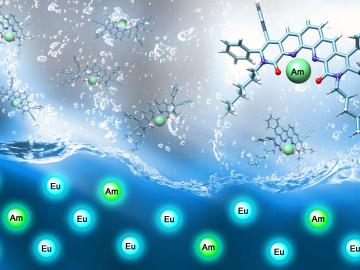ORNL's Communications team works with news media seeking information about the laboratory. Media may use the resources listed below or send questions to news@ornl.gov.
701 - 710 of 979 Results
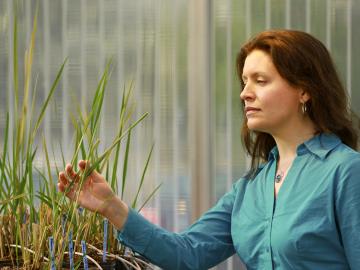
Esther Parish’s holistic approach to life is apparent not only in her environmental research at Oak Ridge National Laboratory, but in her careful cultivation of a future crop of young scientists. Her expertise as a geographer coupled with a keen interest in the natural world drives Parish’s resea...

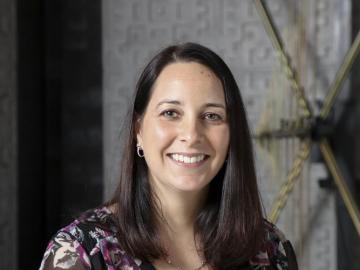
Christina Forrester’s meticulous nature is a plus for her work leading technical testing and analysis of radiological and nuclear detection devices, whether that work takes her to the Desert Southwest or to her own lab outfitted with specialized

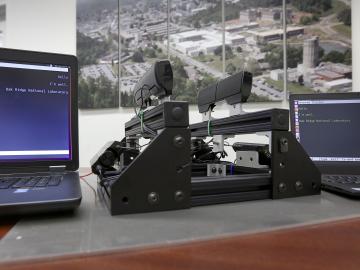
Using novel machine learning techniques, a research team from the Department of Energy’s Oak Ridge National Laboratory is teaching electronic devices how to speak for themselves.
University of Wisconsin-Madison engineers have added a new dimension to our understanding of why straining a particular group of materials, called Ruddlesden-Popper oxides, tampers with their superconducting properties. The findings, published in the journal Nature Communication...
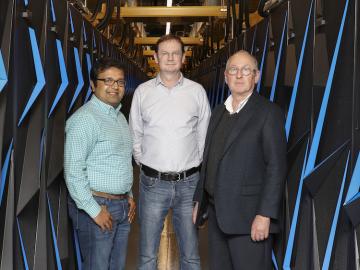
Nearly a dozen scientists across Oak Ridge National Laboratory are teaming with medical researchers and leveraging ORNL’s biggest science tools to solve a modern-day biology grand challenge: unlocking the secrets of disordered proteins. These flexible molecules are believed to constit...
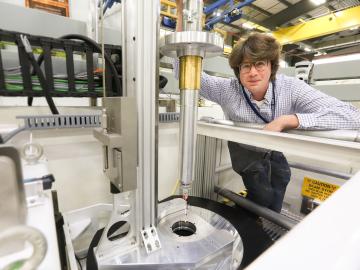
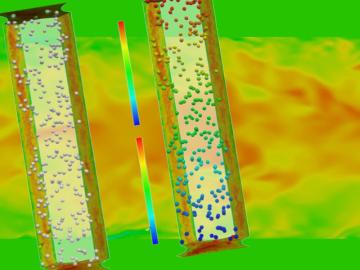
The intrinsic beauty of bubbles—those thin watery spheres filled with air or other gases—has long captured the imagination of children and adults alike. But bubbles are also a linchpin of nuclear engineering, helping to explain the natural world, predict safety issues and improve the...
